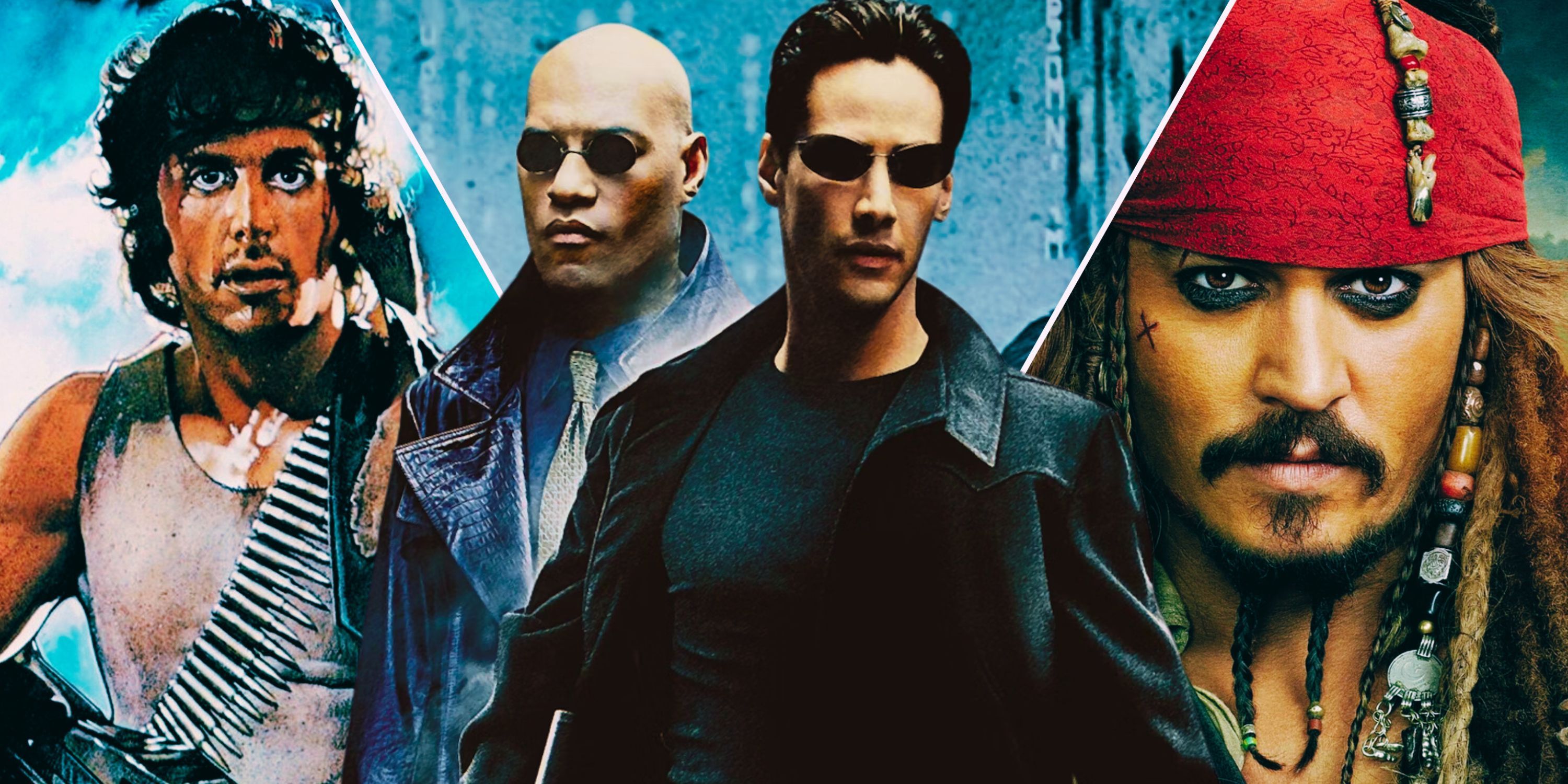
Over extended periods, it has been demonstrated by Hollywood that specific movies perform optimally as franchise installments, ensuring the longevity of titles like Rocky, Terminator, and Alien, provided the public continues to attend. With increasing popularity, these franchises transform into virtually assured cash cows for production companies – however, this financial success frequently comes at the expense of compelling storytelling. It’s not a given that film series will deteriorate over time, but it is noticeable that many successful franchises exhibit a decline in quality more than they buck the trend.
Movie franchises can continue delivering high-quality films following their initial release, with some even improving over time, as demonstrated by series like James Bond, Mission: Impossible, and numerous horror films, which have produced some of their finest movies later on. However, there are also instances where a franchise might have been better off ending at the first film or were unable to match the brilliance of the original’s perfection. Many movies thrive as franchises, but they often struggle to recapture the magic that made the original so effective.

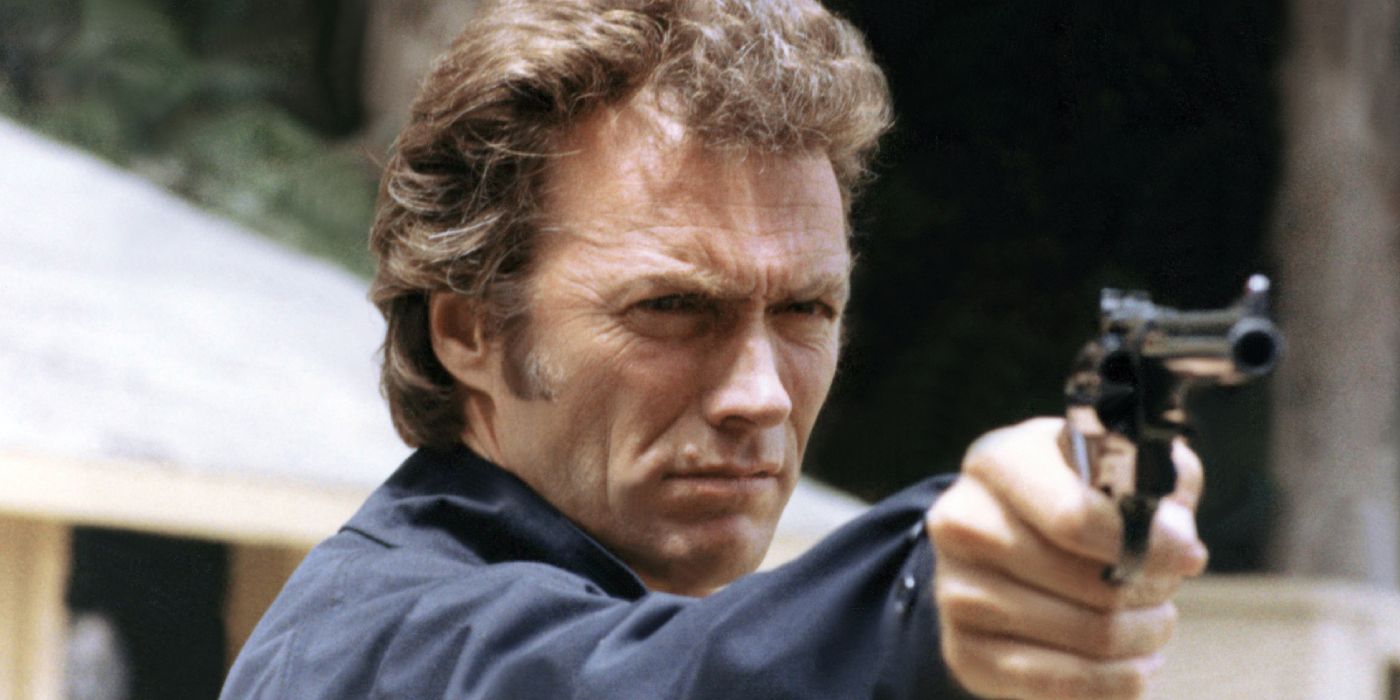
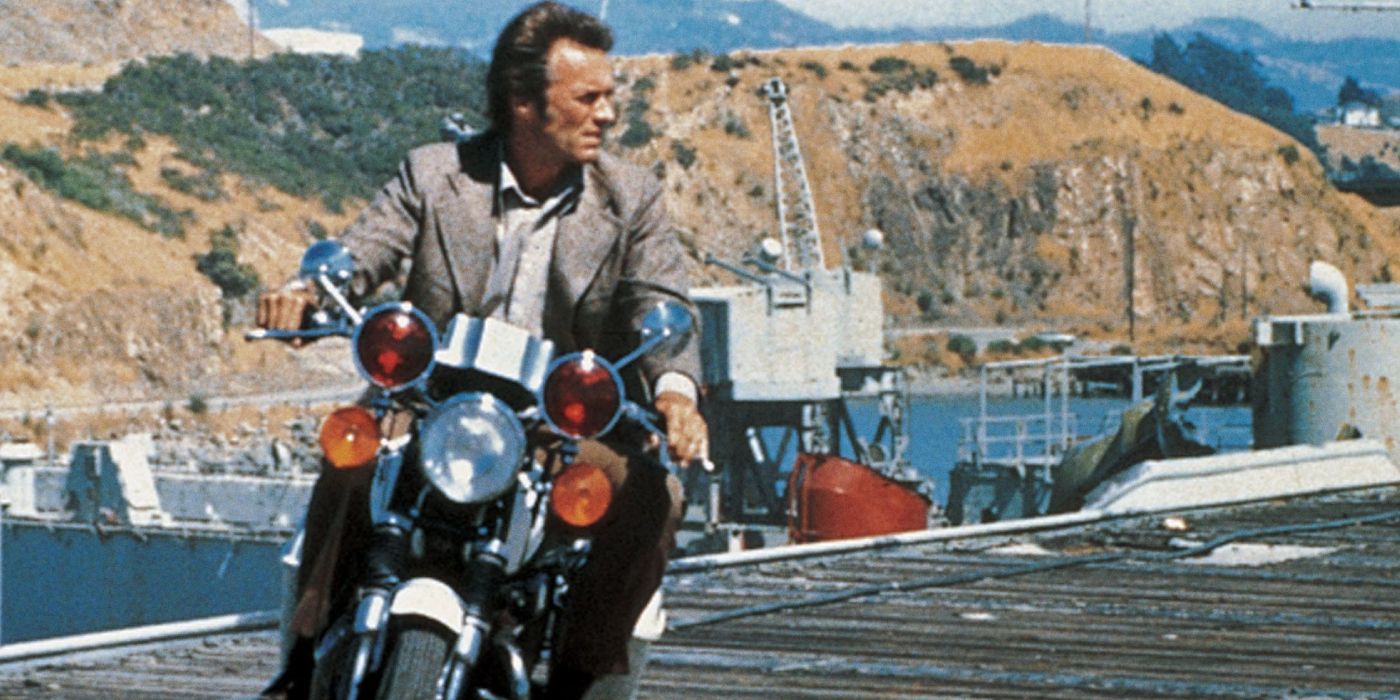
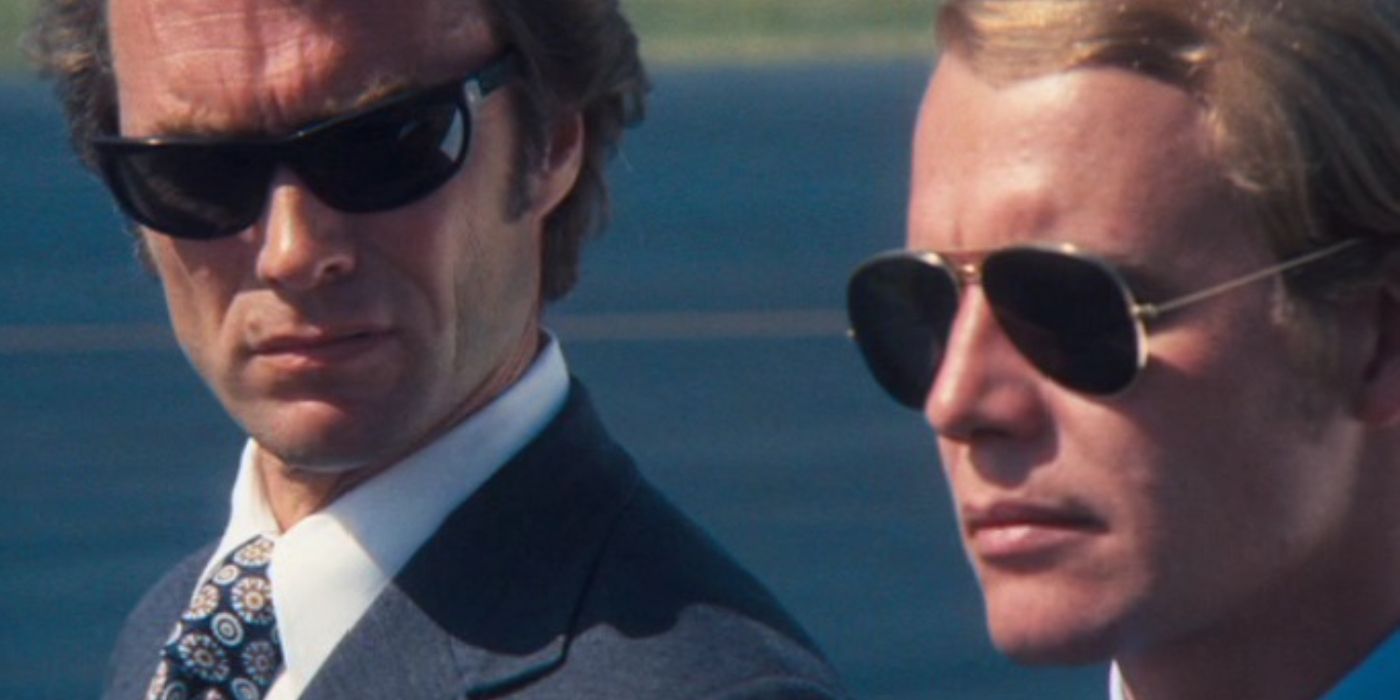
1971 marked the release of “Dirty Harry,” a detective film directed by Don Siegel and starring Clint Eastwood. This movie, much like previous works such as “Bullitt” and “Coogan’s Bluff,” significantly contributed to the creation of the one-man army action genre. The story follows hard-nosed San Francisco Inspector Harry Callahan in his pursuit of a serial killer known as Scorpio. This film stands out as one of the best action films from the 70s, and it has profoundly impacted the way cop movies have been made ever since.
The sequels of Dirty Harry are generally just as captivating as the original one, with Magnum Force and Sudden Impact having some of the series’ most memorable scenes. Yet, none surpassed the first film, and the last movie, The Dead Pool, ended up being a disappointing finale that might have been wiser not to be produced. In essence, the franchise is consistently impressive compared to many crime franchises, but the initial film remains the benchmark for Harry.
In 1988, John McTiernan and Bruce Willis significantly revamped the concept of the lone action hero with “Die Hard.” This groundbreaking movie brought us NYPD officer John McClane, who was thrust into the spotlight when he had to rescue a building full of hostages from a skilled group of thieves in Los Angeles. Instead of following a conventional mystery plot, the film opted for a more straightforward action format. The film’s unforgettable duo of hero McClane and villain Hans Gruber became one of cinema’s most recognized pairs. “Die Hard” went on to inspire a series of sequels and countless imitators.
The Die Hard sequels vary in quality, with the third film being nearly as strong as the original and the fifth one being quite poor. Most of the sequels are entertaining action movies, yet they lost their charm by veering away from what made the first movie exceptional. The stories featuring McClane work best when they’re straightforward, and the enduring appeal of the first film underscores this fact. Overall, the sequels were generally well-made, but it’s the original formula that gave the franchise its lasting impact.
2014 saw Keanu Reeves’ action resurgence through the film “John Wick“, where he played the lead character, a highly skilled assassin, mourning the loss of his wife. Spurred by the murder of his dog, the story unfolded as he re-entered the clandestine world of assassins to wage a solitary war against the Russian mafia. After exacting his revenge, the antihero found himself shunned, and subsequent films delved into the consequences of his actions as chaos ensued when the entire underworld sought retribution upon him.
Over time, the John Wick series grew more reliant on fight sequences and intricate world-building, although the initial film captivated audiences with a heartfelt revenge narrative that could stand alone or serve as the start of an epic saga. However, as the sequels unfolded, they leaned heavily on style over substance, despite being top-notch action movies. Coming after a string of mediocre action films, John Wick revitalized its genre by pushing studios to produce higher quality productions.
In 1982, Sylvester Stallone took on the character of John Rambo, a former soldier from the Vietnam War, who enters the quiet town of Hope in Washington. His actions spark the anger of the sheriff, Teasle. When the local police mistreat him, he defends himself and escapes into the forest, where he faces off against the authorities. Following his personal battle with the government, he reappeared in subsequent films, undertaking missions ranging from a return to Vietnam for a rescue operation to assisting the Mujahideen against the Soviets – a narrative choice that has since been criticized as outdated.
The Rambo series, as it progressed with each sequel, strayed from what made the initial installment exceptional, devolving into predictable, emotionless action films with little depth or meaningful message. Originally, the story of a tormented soldier seeking purpose in post-conflict America was powerfully portrayed, making for a gripping and impactful tale. However, the series became synonymous with the jingoistic action films of the ’80s as it evolved. Although the 2008 Rambo film marked a step back towards the allure of the first movie, it still fell significantly short in comparison to the original’s quality and resonance.
The initial “Ice Age” film narrated an unconventional partnership between a woolly mammoth, sloth, and saber-toothed tiger as they collaborated to reunite a misplaced human infant with its tribe of foragers. This tale, drawing inspiration from the classic Western movie “Three Godfathers,” shared the screen with “Toy Story” as trailblazers in the realm of 3D animation films. By combining heartwarming storytelling with captivating characters, it paved the way for a new generation of animated movies. The endearing cast quickly became iconic, making it only natural for Fox to continue their journey and delve into the exciting possibilities of prehistoric times.
As a devoted cinephile, I must say that the sequels in the Ice Age franchise are undeniably fun, and the introduction of dinosaurs certainly adds an exciting twist. However, none have managed to match the depth and emotional resonance of the original film.
The unique bond between our heroes in the first movie was its beating heart, and as their friendship evolved, the series seemed to drift into the predictable realms of commonplace animated films.
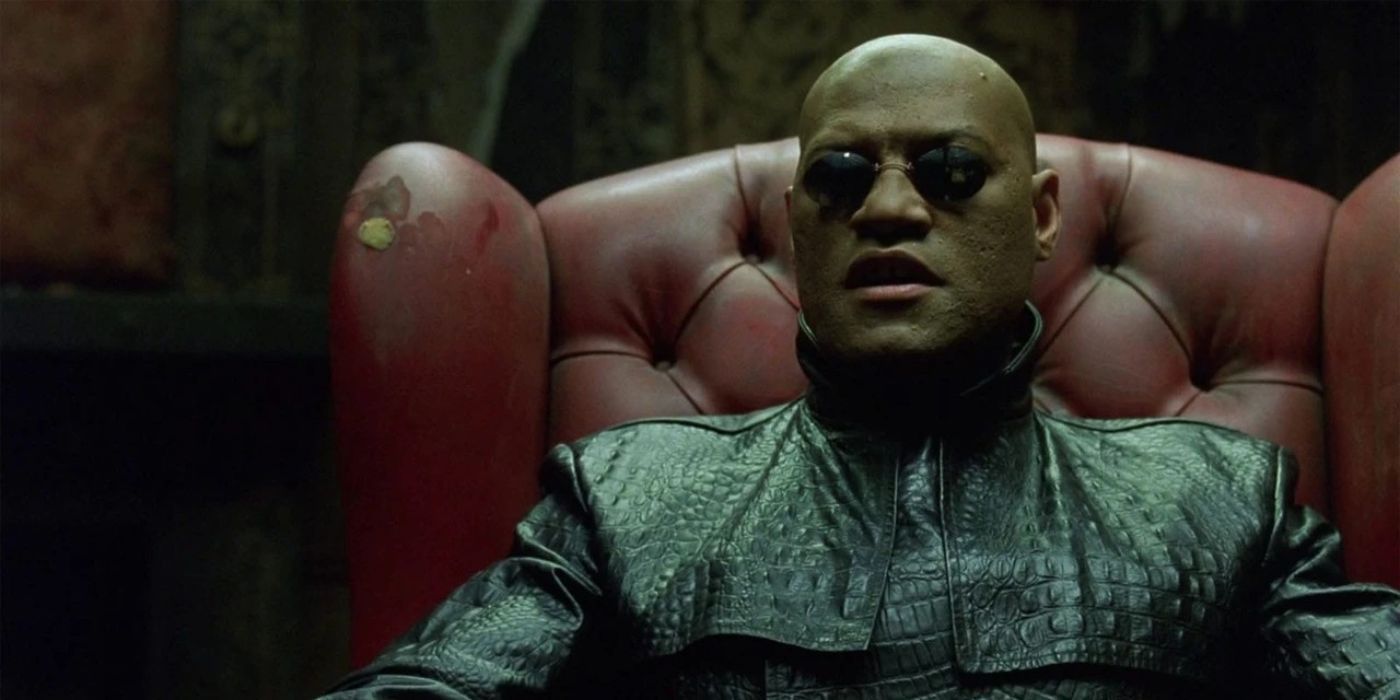

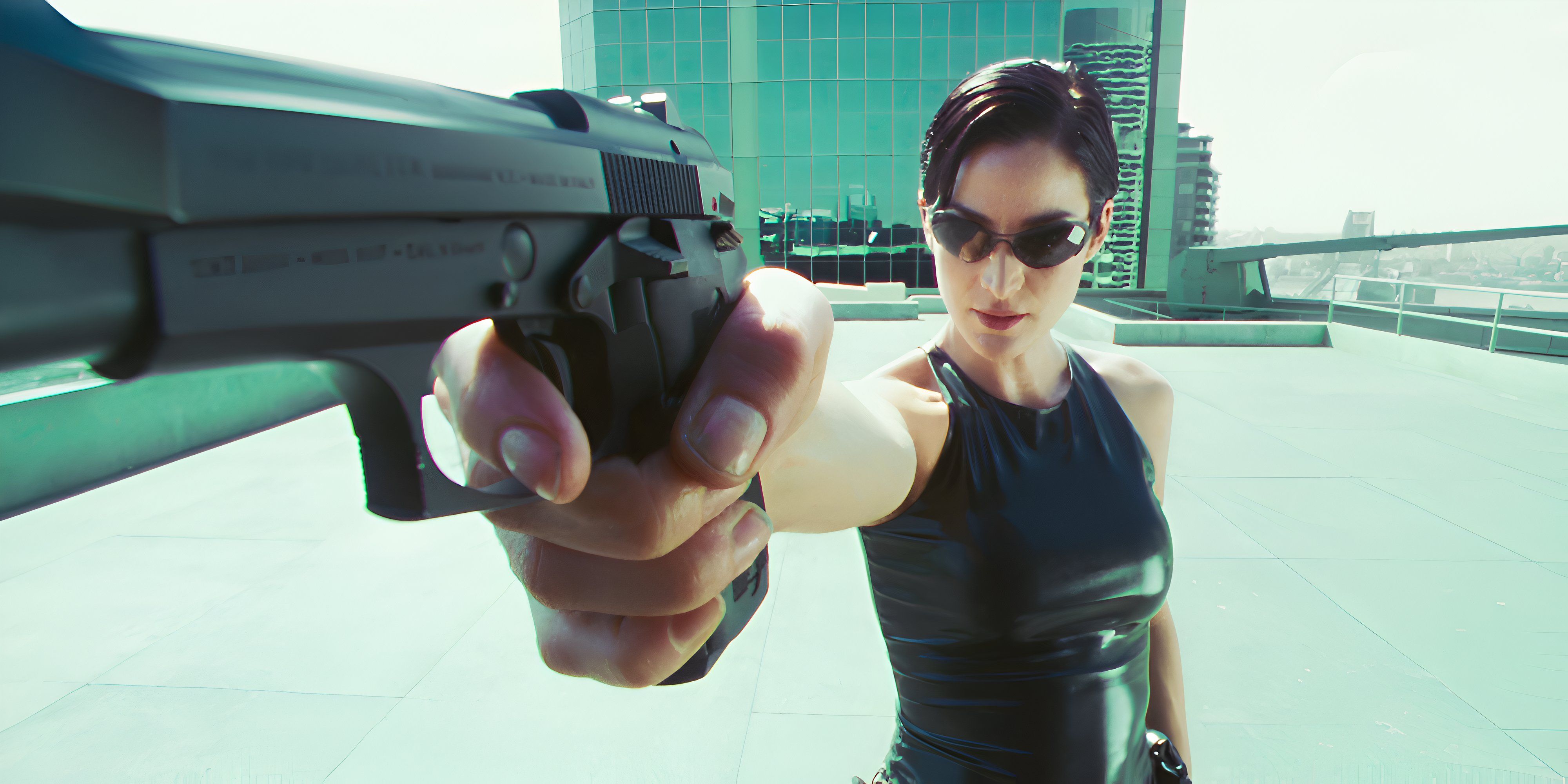
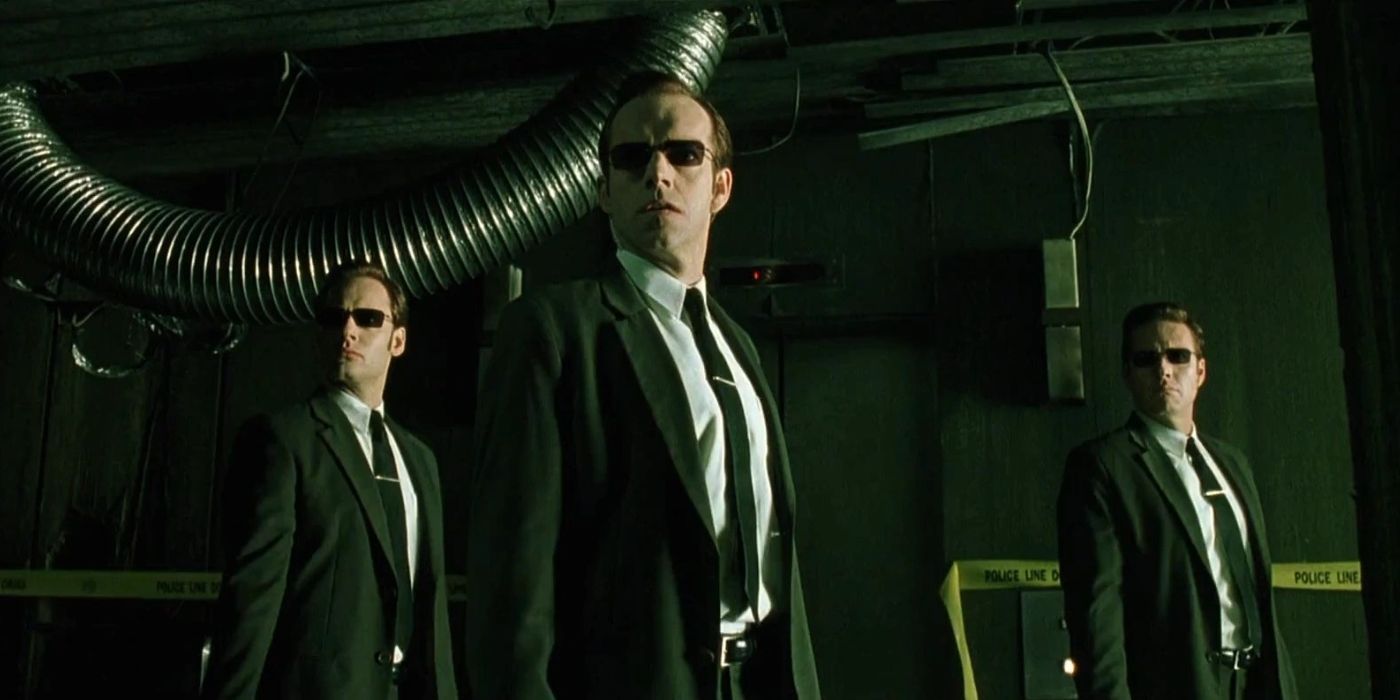
In “The Matrix,” the narrative revolves around a character named Neo, who encounters a figure known as Morpheus. Morpheus discloses that the world people know is actually a computer-generated simulation called the Matrix, created by intelligent machines to keep humans under their control. Convinced that Neo is the foretold “One,” Morpheus teaches him how to manipulate this system, enabling him to combat evil Agents and liberate more minds. The first film follows Neo on his hero’s journey, leading to a stylish and action-packed sequel. However, things take an unfortunate turn in the subsequent installment.
In simple terms, the original Matrix film set a remarkable standard for action movies, influencing the genre for many years. However, the sequels tended to rely too heavily on flashy CGI battles, an overabundance of storylines, and a lackluster ending. When the series was revived after two decades, Lana Wachowski utilized it as a critique of Hollywood’s tendency to churn out money-making reboots, solidifying the franchise as something that reached its zenith with its debut film.
John McTiernan’s movie, titled Predator, revolves around a highly skilled search and rescue special forces team who are dispatched into the dense jungles of South America on a mission to retrieve a missing politician. The plot unfolds as they uncover the gruesome remains of their fellow American soldiers, leading them to suspect that they aren’t the only ones in the jungle – there is an unseen predator stalking them. In this film, Arnold Schwarzenegger delivers one of his most memorable roles, portraying Dutch, a character who makes a heroic final stand against the formidable Predator.
Over the course of its evolution, I found that the Predator franchise started leaning excessively on computer-generated imagery, which took away from the authenticity and grit of the original films. The shift towards urban settings also diminished the allure of the initial release. Don’t get me wrong; both Prey and Predators offered something new, but it was the raw survival instincts, testosterone-fueled energy, and incessant action of the first film that truly encapsulates what Predator stands for in the minds of many fans. The Alien vs. Predator crossover presented a compelling narrative, no doubt, but it’s hard to ignore the fact that it didn’t quite reach its full potential, even with the generous fan service for both franchises.
The movie “Ghostbusters” focuses on a team of three scientists – Spengler, Venkman, and Stantz – who use their expertise in the supernatural to establish a ghost-catching enterprise. A fresh recruit named Zeddemore joins them, and together they help a woman who suspects her refrigerator is a portal to another world, potentially inviting a demon called Zuul. After successfully protecting New York City from a horde of spirits, the protagonists faced less enthusiasm for their subsequent adventure.
In 2016, Sony resurrected the movie “Ghostbusters” with a female-led reboot, but it soon became infamous as one of the poorest films of its era. Despite the fact that the subsequent sequels, Afterlife and Frozen Empire, were excellent extensions, they couldn’t match the camaraderie of the original cast at their peak, which was filled with ’80s wit and featured both Rick Moranis and Sigourney Weaver. The original film was tailored to and symbolic of its era, so it’s not surprising that modern adaptations didn’t live up to the mark.
The Disney theme park ride “Pirates of the Caribbean: Curse of the Black Pearl” brought to life popular characters such as Jack Sparrow, Will Turner, Elizabeth Swan, and Captain Barbossa. This film took audiences on a thrilling sea adventure, with Will seeking Jack’s help to save Elizabeth from a cursed pirate gang. After their success, they continued their journey in a two-part sequel series, battling against Davy Jones and the East India Trading Company. However, the franchise began to falter following the departure of Will and Elizabeth, and Johnny Depp’s off-screen difficulties came to light.
While the Pirates of the Caribbean sequels still manage to entertain, it’s unfortunate that the studios chose to make the series overly complex and exclude some beloved characters from later installments. The original movie is justifiably considered a top-tier example of screenwriting and storytelling, setting an unparalleled standard for both the franchise and the swashbuckling adventure genre as a whole.
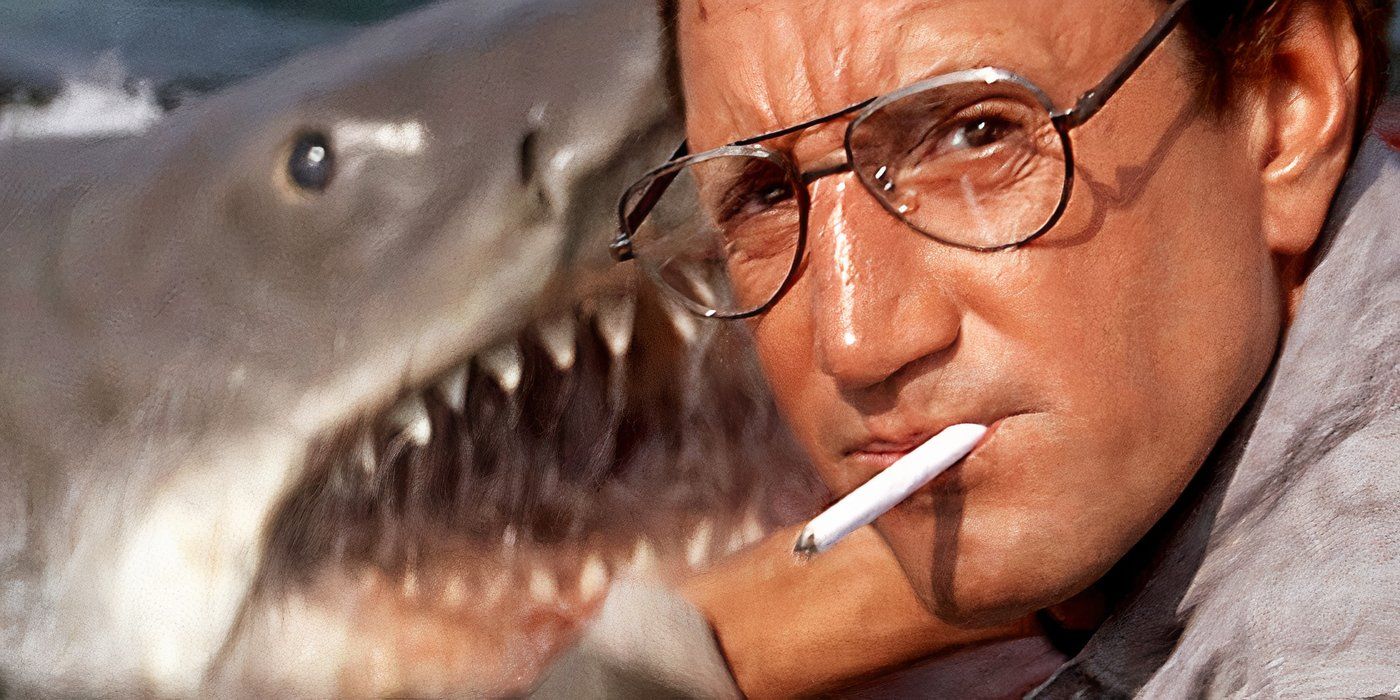
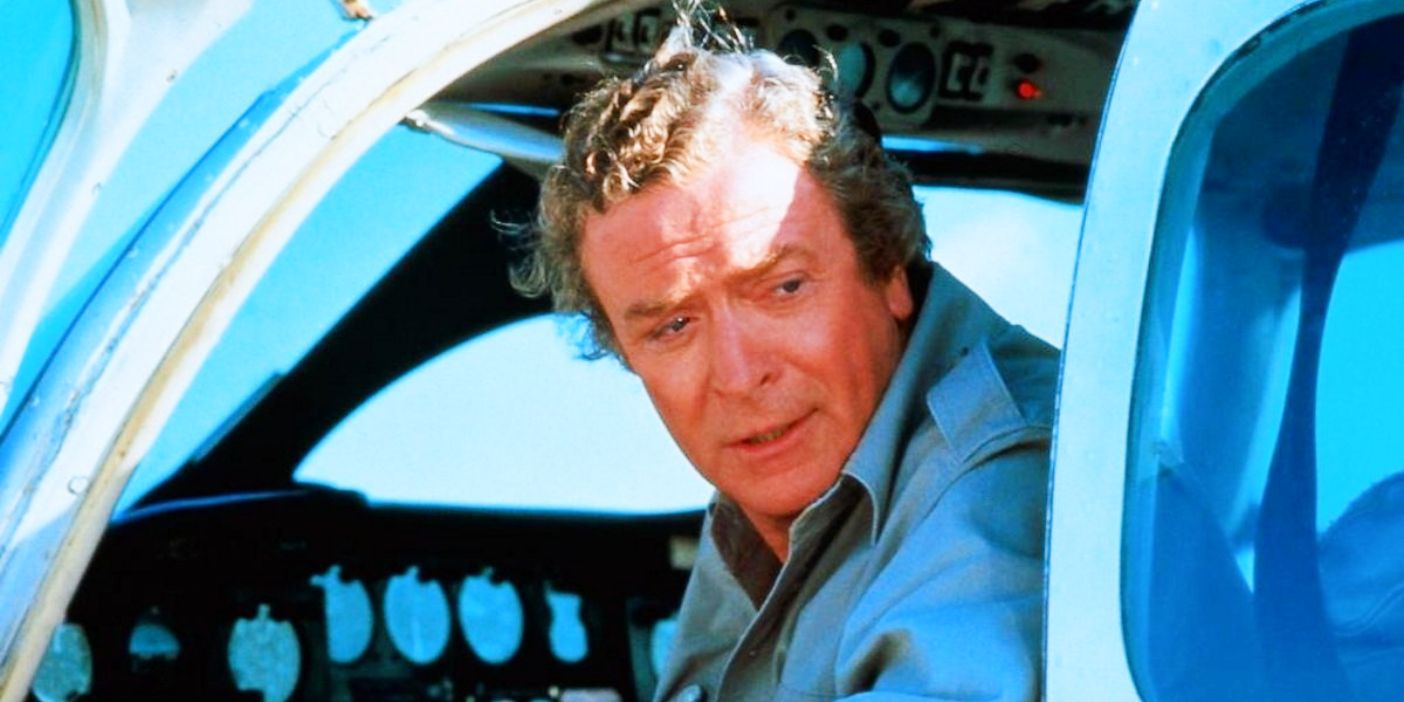
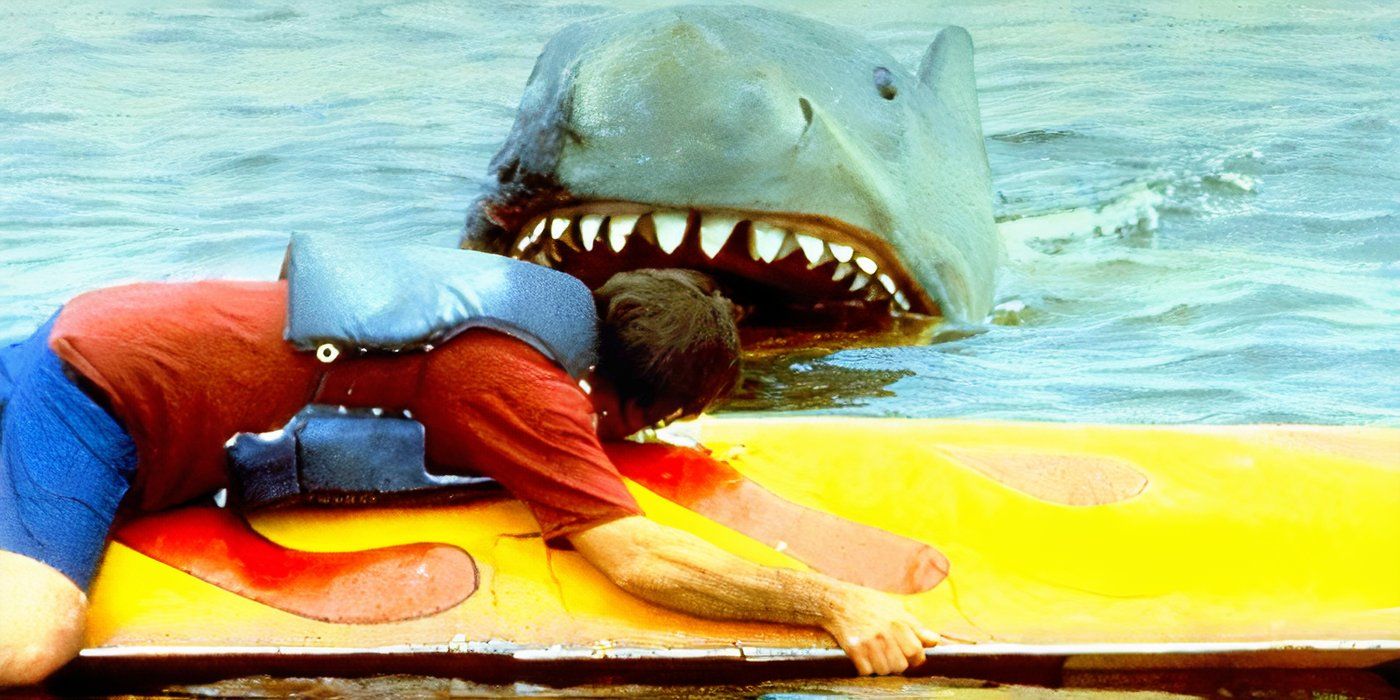
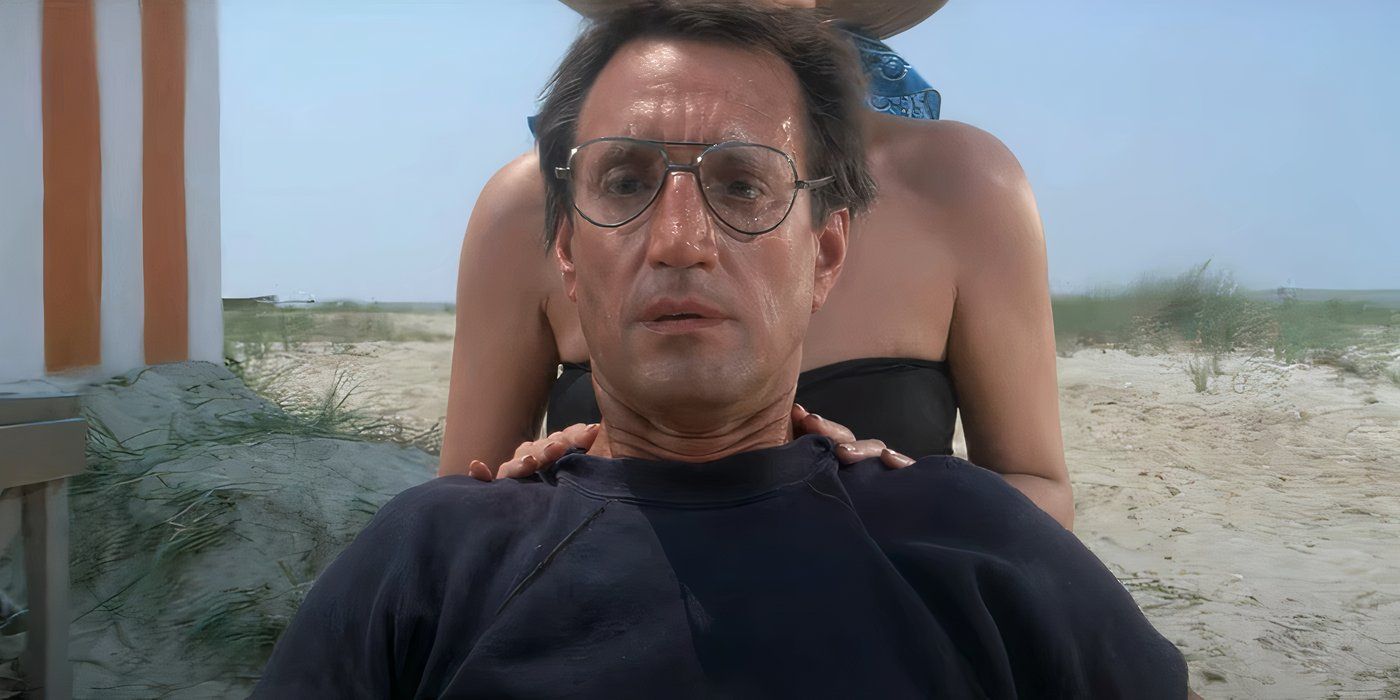
In summer blockbuster royalty, Steven Spielberg’s legendary interpretation of Jaws presented the tale of Sheriff Brody’s mission to protect his town from a lethal Great White Shark. Joining forces with marine biologist Hooper and fishing captain Quint, he embarks on a sea voyage, aiming to annihilate the beast before it causes further casualties. After the success of the initial film, viewers were treated to three sequels, starting with the reappearance of Brody and progressing to fresh characters, but unfortunately, each subsequent movie deteriorated in quality.
The Jaws series stands out among many in a unique way, as it managed to deliver one of Hollywood’s best films initially, yet also produced some of its most subpar follow-ups. Over time, these sequels grew increasingly campy and superficial. It is remarkable that this franchise has earned the reputation where fans often choose to stop after the first film – it seems the sequels were unnecessary additions from the beginning.
Read More
- Clash Royale Best Boss Bandit Champion decks
- Clash Royale December 2025: Events, Challenges, Tournaments, and Rewards
- Ireland, Spain and more countries withdraw from Eurovision Song Contest 2026
- Clash Royale Witch Evolution best decks guide
- Best Hero Card Decks in Clash Royale
- Clash Royale Furnace Evolution best decks guide
- Mobile Legends December 2025 Leaks: Upcoming new skins, heroes, events and more
- ‘The Abandons’ tries to mine new ground, but treads old western territory instead
- JoJo’s Bizarre Adventure: Ora Ora Overdrive unites iconic characters in a sim RPG, launching on mobile this fall
- Mobile Legends X SpongeBob Collab Skins: All MLBB skins, prices and availability
2025-04-19 05:36